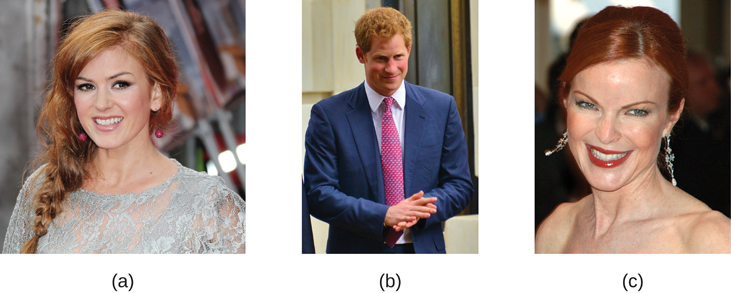| << Chapter < Page | Chapter >> Page > |

If we can agree that merely being atypical is an insufficient criterion for a having a psychological disorder, is it reasonable to consider behavior or inner experiences that differ from widely expected cultural values or expectations as disordered? Using this criterion, a woman who walks around a subway platform wearing a heavy winter coat in July while screaming obscenities at strangers may be considered as exhibiting symptoms of a psychological disorder. Her actions and clothes violate socially accepted rules governing appropriate dress and behavior; these characteristics are atypical.
Violating cultural expectations is not, in and of itself, a satisfactory means of identifying the presence of a psychological disorder. Since behavior varies from one culture to another, what may be expected and considered appropriate in one culture may not be viewed as such in other cultures. For example, returning a stranger’s smile is expected in the United States because a pervasive social norm dictates that we reciprocate friendly gestures. A person who refuses to acknowledge such gestures might be considered socially awkward—perhaps even disordered—for violating this expectation. However, such expectations are not universally shared. Cultural expectations in Japan involve showing reserve, restraint, and a concern for maintaining privacy around strangers. Japanese people are generally unresponsive to smiles from strangers (Patterson et al., 2007). Eye contact provides another example. In the United States and Europe, eye contact with others typically signifies honesty and attention. However, most Latin-American, Asian, and African cultures interpret direct eye contact as rude, confrontational, and aggressive (Pazain, 2010). Thus, someone who makes eye contact with you could be considered appropriate and respectful or brazen and offensive, depending on your culture ( [link] ).

Hallucinations (seeing or hearing things that are not physically present) in Western societies is a violation of cultural expectations, and a person who reports such inner experiences is readily labeled as psychologically disordered. In other cultures, visions that, for example, pertain to future events may be regarded as normal experiences that are positively valued (Bourguignon, 1970). Finally, it is important to recognize that cultural norms change over time: what might be considered typical in a society at one time may no longer be viewed this way later, similar to how fashion trends from one era may elicit quizzical looks decades later—imagine how a headband, legwarmers, and the big hair of the 1980s would go over on your campus today.

Notification Switch
Would you like to follow the 'Psychology' conversation and receive update notifications?